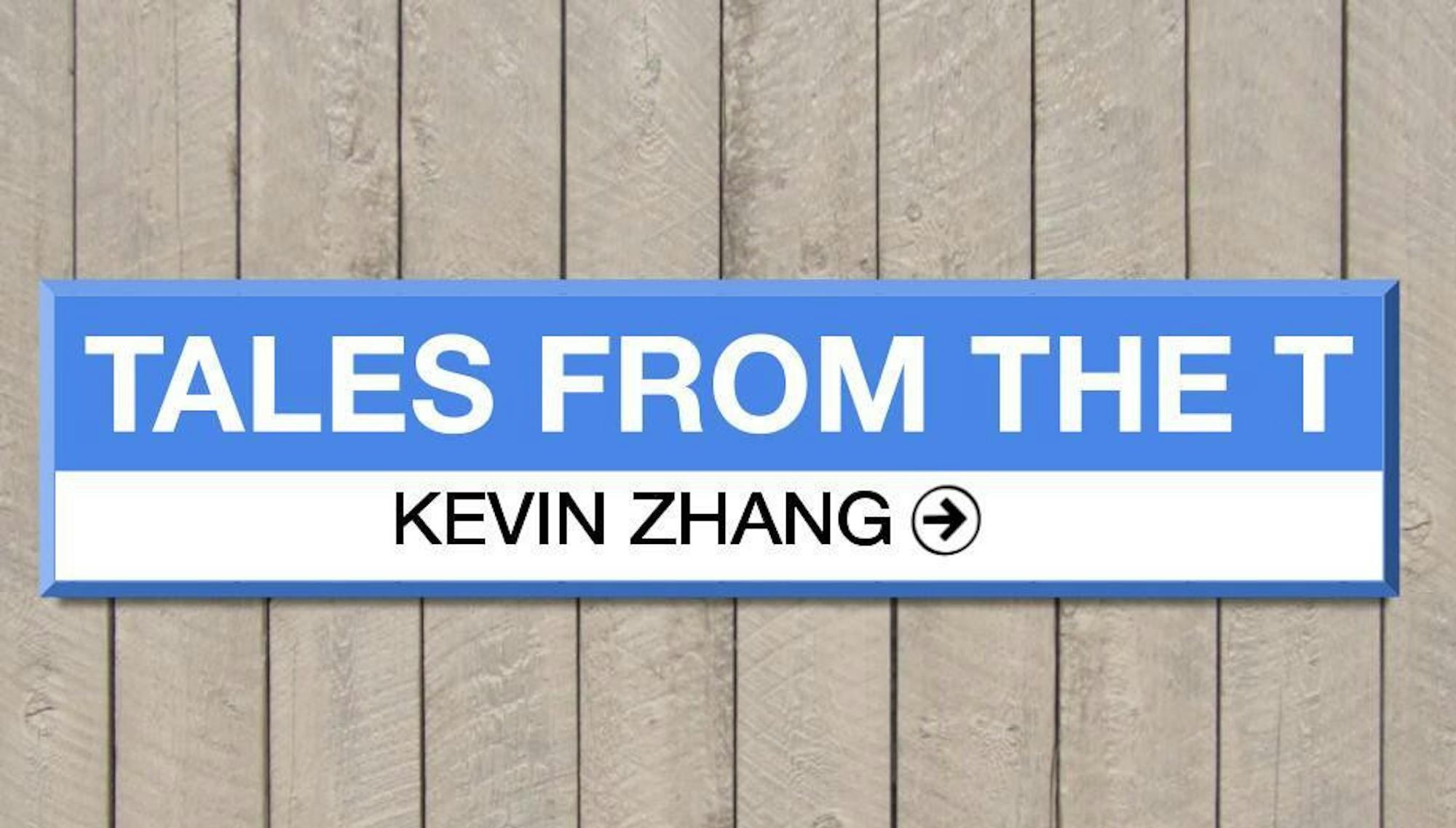Another semester of sleep deprivation, missed deadlines and existential dread about the future later, I am yet again writing my last column. So for this column, I’ll talk about my favorite station on the T. Today, we’re talking about … Ruggles?
Ruggles is a station on the Orange Line and Commuter Rail, nestled in the midst of Northeastern University at the northern edge of Roxbury. The station was built in the 1980s, and certainly looks like it with all its gray concrete and steel. Yet it doesn’t feel cramped or imposing, unlike some other stations of the time (e.g. Back Bay station, Dante’s 10th circle of Hell). Rather, it’s spacious and airy, with skylights, murals, wide corridors, a cathedral-like arched entryway and an absolutely massive bus station with a soaring canopy.
Let’s talk about the buses. Ruggles is one of the busiest hubs in the MBTA bus network with routes fanning out from the station to serve much of Roxbury. Many of these routes serve high populations of low-income and POC riders. And so, earlier this year, three Roxbury bus routes, including two Ruggles-based routes, were selected to become temporarily fare free. It’s a bold yet sensible move towards improving transit equity and accessibility for the T’s most vulnerable riders and one that I hope will continue long after the trial period.
Ruggles also serves plenty of crosstown routes like the 47 and CT2, which circle around downtown to serve destinations like Kendall and Union Square. I’m a sucker for crosstown routes like these, which allow riders to go around downtown instead of having to ride into downtown, transfer and ride back out — making for more direct and efficient journeys.
Of course, free and direct buses don’t mean much if they aren’t convenient to ride — but here, Ruggles truly shines. Buses arrive at a shockingly frequent rate. When transferring at Ruggles once, I just missed the 22 bus, but I only had to wait another 12 minutes for the next one — a far cry from the hourly service here in Medford (And during that 12 minute wait, I counted five 23 buses passing!) This is huge! Perhaps more than anything, having frequent buses — allowing you to walk to the stop and get on a bus reliably within minutes without having to plan around schedules — is the single greatest factor in making buses actually convenient for riders.
Ruggles does buses right — but it does so much more right. It’s conveniently accessible by bike, being on the Southwest Corridor bike path. It has a frequent, fast downtown connection with the Orange Line (that is, when it’s not broken down. Or derailed. Or on fire. Take it or leave it.) Ruggles also serves frequent commuter rail trains from destinations south of Boston, including as far as Providence. This is useful in much the same way that crosstown routes are. Commuter rail riders traveling to points outside of downtown don’t need to go all the way to South Station — instead, they can change at Ruggles for a bus or subway train that’ll get them there much more quickly and efficiently.
It’s these multimodal interchange stations like Ruggles that ultimately make a transit network much more connected and convenient. From Ruggles, you can ride or transfer to countless destinations — downtown, crosstown, five towns over. The sheer range of modes and destinations available with a single transfer makes so many transit trips, like Forest Hills to Foxborough or Prospect Hill to Providence, much more feasible.
In the end, I like Ruggles because it encompasses some of the best features of good transit — transit that’s accessible, convenient, direct, equitable, frequent and flexible. Ruggles shows that we already know how to make transit work well. And as we plan and build our transit networks for our cities of tomorrow, perhaps we can take a lesson or two from this humble T station.






